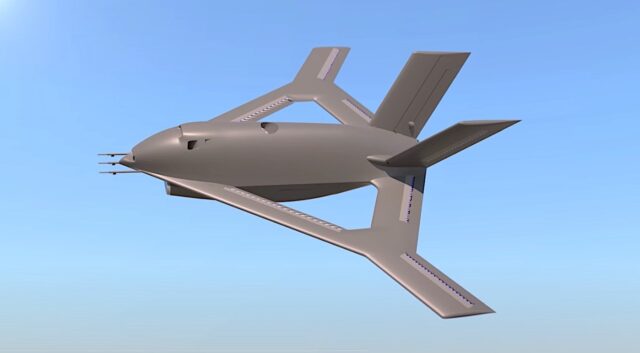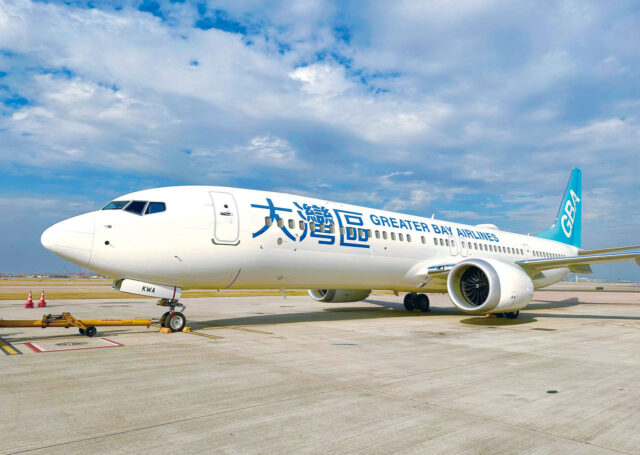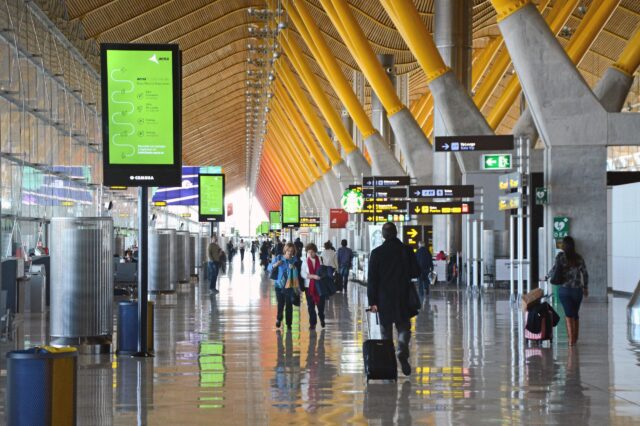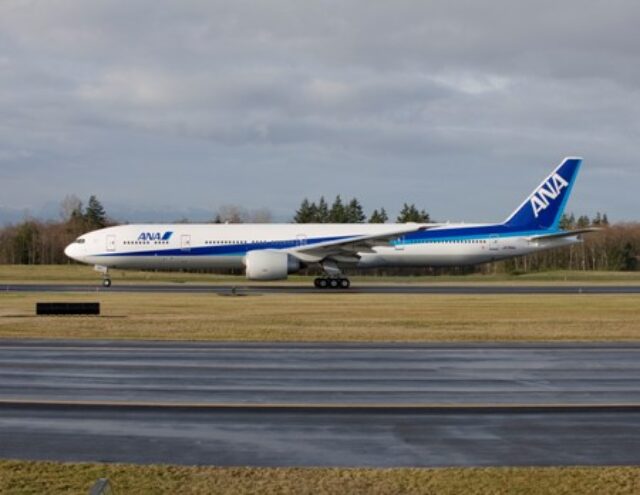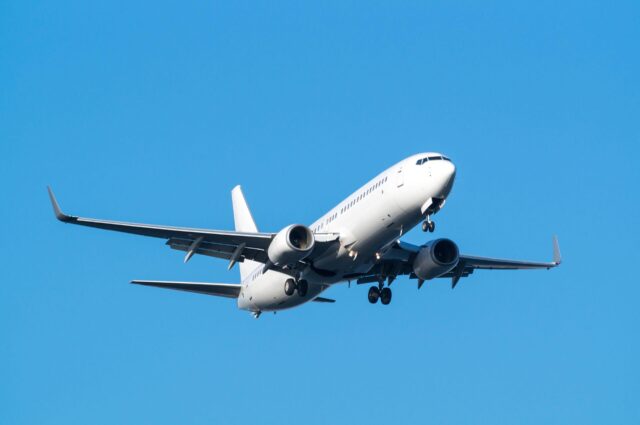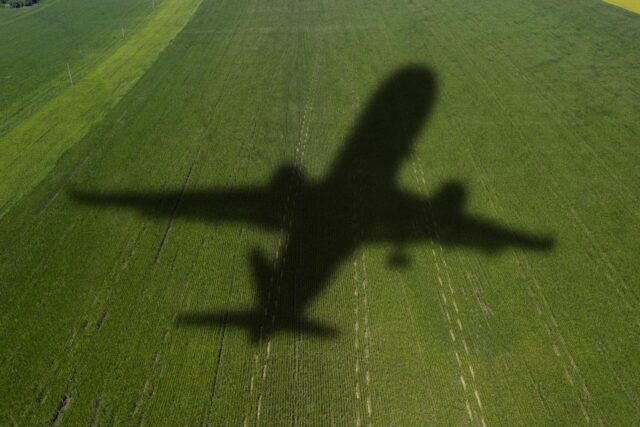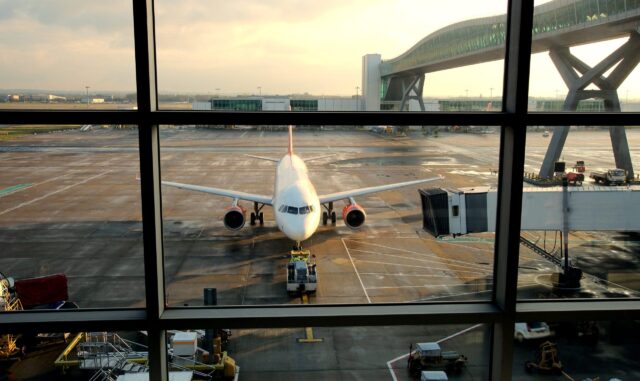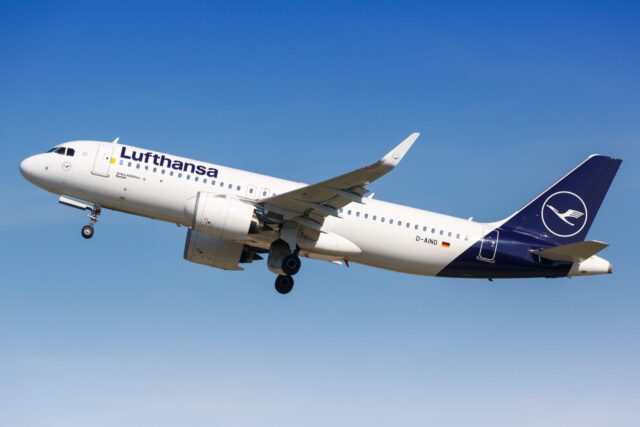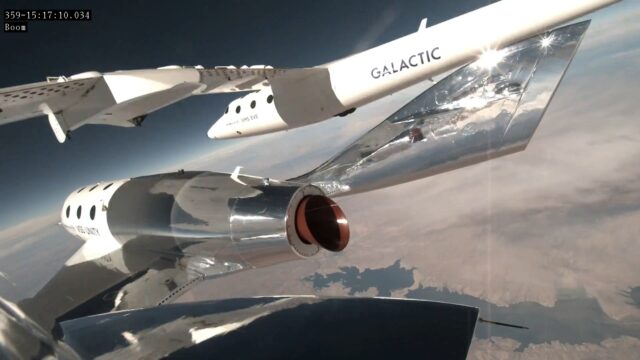No survivors as missing Bering Air Grand Caravan located
February 10, 2025

The US Coast Guard has located the wreckage of the missing single-engine turboprop Cessna 208 Grand Caravan, operated by Bering Air, which disappeared from radar last week; with the NTSB confirming that victim recovery will remain the initial focus of unfolding recovery efforts.
On 6 February, Bering Air flight 445 (operated using Cessna Grand Caravan registration N321A) departed from Alaska’s Unalakleet en-route to Nome. However, the regularly scheduled commuter service was lost from radar contact approximately 40 minutes into the flight in the vicinity of Norton Sound, approximately 30 miles southeast of Nome. Publicly available transponder data indicates the aircraft was descending through 5,300ft at its last known point.
With the 17th District US Coast Guard command centre receiving notifications of the missing aircraft from the Alaska Regional Command, aircrews from the Coast Guard and Alaska National Guard responded Thursday night, with first light searches planned for Friday morning. With a US Coast Guard HC-130J Super Hercules performing initial search and rescue efforts, a Coast Guard MH-60 Jayhawk aircrew successfully located the downed aircraft.
However, having lowered two rescue swimmers down (who “located three individuals in the forward part of the aircraft showing no signs of life”), although the remaining seven people were believed to still be inside the fuselage, this was “rendered inaccessible due to the condition of the plane”. The Coast Guard therefore determined that “the severity of the wreckage was beyond the possibility of survival,” it clarified in a statement.
The NTSB mobilized a ‘go-team’ to respond to the accident on 8 February, with Tim Sorenson named as NTSB investigator-in-charge. The NTSB currently has a team of around nine people on the ground, supported by a dozen specialists in Washington DC, alongside its family lisaion unit.
In a press briefing on Saturday, NTSB chair Jennifer Homendy thanked the “heroes” of the Alaska State Troopers, Alaska Air National Guard, US Coastguard, Nome fire and police departments, and the Army National Guard for their assistance – confirming that “recovery efforts are still underway, with a priority being victim recovery”.
However, she caveated this by noting the “difficult conditions” inbound in terms of weather, with only a “short window” remaining before more snow is due. Additionally, she highlighted that the wreckage was located on an ice flow and moving about five miles a day. The US Coast Guard estimated the weather at the time of the accident to have been winds of between 29-35mph and snowing, with just two miles of visibility. However, Homendy refused to speculate on whether the aircraft’s anti-icing systems (or lack of functional systems) could have contributed to the crash, adding that – after the wreckage is recovered and analysed – that information could be provided “at a later time”.
In a statement on its website, Bering Air Wrote that, recognizing “the profound loss” the tragedy has caused, they “remain committed to supporting the authorities and any ongoing efforts to provide further assistance”.
“As the sole provider of essential air travel in the region, we are deeply aware of the critical needs of the travelling public – whether for medical appointments, accessing life-saving medications, or other urgent travel needs,” Bering Air continued. (Its operations usually serve 32 villages in Western Alaska from three hubs, with most destinations receiving twice-daily scheduled services, six days a week).
However, despite feeling a “deep responsibility to continue serving these needs,” the airline cautioned that the decision to recommence services will not be “taken lightly”. Homendy reinforced the importance of Bering Air to local populations, recognizing that “The NTSB knows that villages like Nome and Alaskan aviation are tight-knit communities, so this tragedy affects so many”.
However, she concluded that – despite a spate of fatal incidents impacting the US in recent weeks – aviation is incredibly safe. “We have the safest aviation system in the world. I know it is difficult to see and it is on everyone’s mind but it is incredibly safe to travel by air,” she continued, whilst urging: “each accident that occurs is separate – there are difficult conditions that led to [the Washington DC mid-air] tragedy, so we can’t compare one to another”.


